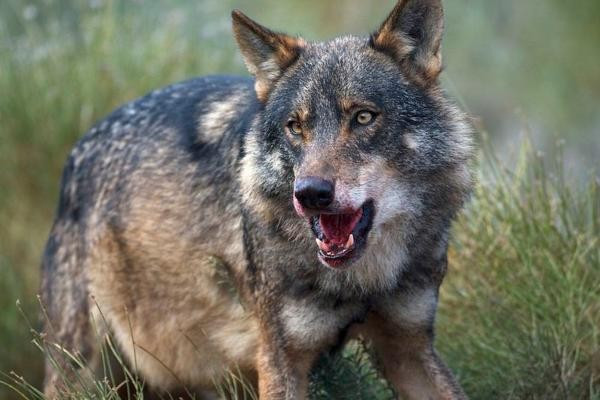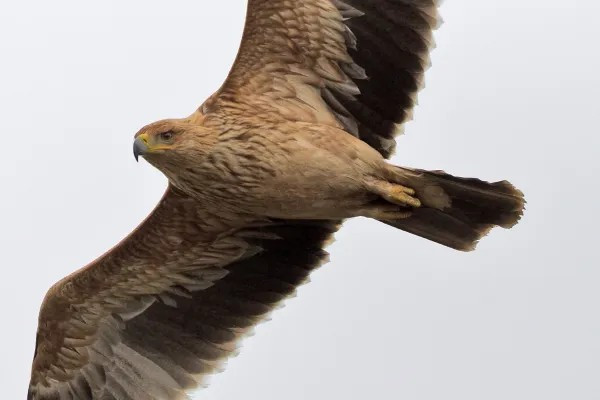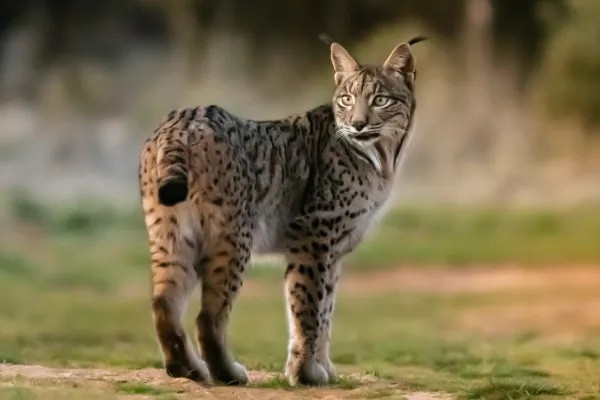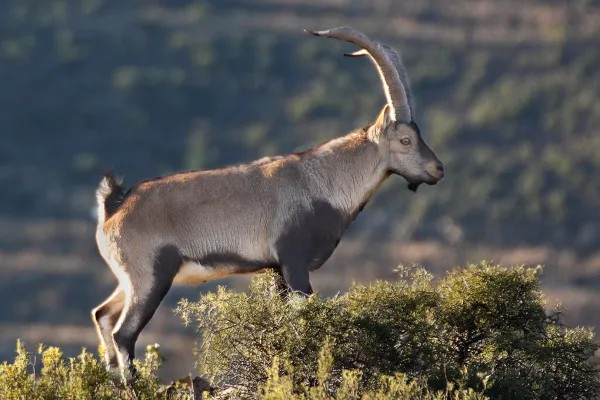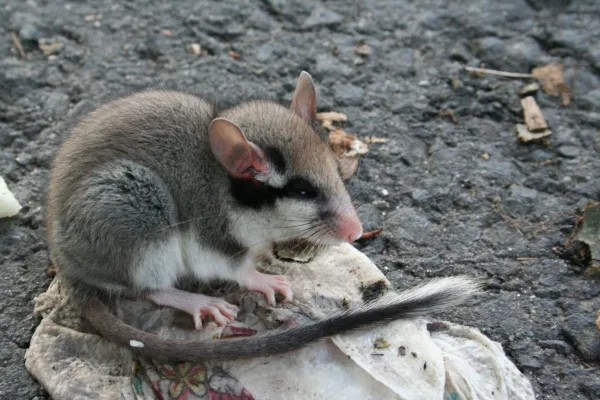El Santuario Más Cervera: Un Bastión de la Biodiversidad Ibérica y Valenciana de Appleton Private University
ART ESP / ING
La Appleton Private University reafirma su compromiso con la vanguardia en investigación, educación y responsabilidad ambiental con la presentación detallada de uno de sus proyectos más ambiciosos y de mayor envergadura: el Santuario Más Cervera. Con una extensión imponente de 1.100 hectáreas, este santuario no es solo un refugio animal, sino un centro vital para la conservación de la fauna salvaje, especialmente de las especies endémicas y nativas de la Península Ibérica, con un foco particular en el ecosistema valenciano.
La reciente visita del Rector de Appleton Private University a Más Cervera no solo sirvió para supervisar los avances del proyecto, sino para subrayar la visión de la universidad de ir más allá de la teoría académica, transformando el conocimiento en acción tangible para la preservación de nuestro patrimonio natural. Más Cervera está destinado a ser un modelo de gestión, investigación y concienciación, forjando un futuro más seguro para la rica diversidad biológica de la región.
LOBO IBÉRICO
Un Refugio para la Fauna Singular de la Península Ibérica
El Santuario Más Cervera ha sido meticulosamente diseñado para replicar y proteger los hábitats naturales de las especies que acogerá, garantizando un entorno idóneo para su recuperación y prosperidad. La selección de las especies protegidas se ha realizado con base en su endemismo, su estado de conservación y su papel ecológico crucial.
AGUILA IMPERIAL IBÉRICA
Entre las joyas de la fauna ibérica que encontrarán protección en Más Cervera se incluyen:
- Lince Ibérico (Lynx pardinus): Considerado el felino más amenazado del mundo, el lince ibérico es el gran protagonista de los esfuerzos de conservación en la Península. Aunque su presencia en la Comunidad Valenciana es actualmente relictual o fruto de avistamientos esporádicos en áreas limítrofes, Más Cervera busca ser un enclave estratégico para futuros programas de conexión de poblaciones o incluso reintroducción, si las condiciones lo permiten, ofreciendo un hábitat idóneo con abundante conejo de monte, su principal presa.
- Lobo Ibérico (Canis lupus signatus): Esta subespecie endémica de la Península Ibérica, vital para el equilibrio de los ecosistemas forestales como depredador tope, encontrará en las vastas extensiones de Más Cervera un refugio seguro. El santuario permitirá estudiar su comportamiento, su interacción con el entorno y contribuirá a la sensibilización sobre su rol ecológico, esencial para la salud de nuestros bosques.
- Águila Imperial Ibérica (Aquila adalberti): Una de las rapaces más emblemáticas y amenazadas de Europa, exclusiva de la Península Ibérica. Más Cervera proporcionará un hábitat seguro para la nidificación y la alimentación de esta majestuosa ave, contribuyendo a la recuperación de sus poblaciones. El control de su territorio y la abundancia de presas son clave para su supervivencia.
- Cabra Montés o Íbice Ibérico (Capra pyrenaica): Esta subespecie de cabra montés, adaptada a los terrenos rocosos y montañosos de la Península, encontrará en Más Cervera un área donde sus poblaciones puedan crecer sin la presión de la caza furtiva o la fragmentación del hábitat, especialmente si el santuario cuenta con zonas de orografía adecuada.
- Lirón Careto (Eliomys quercinus): Este pequeño roedor, aunque no estrictamente endémico de la Península, es una especie forestal importante y su presencia indica la buena salud de los ecosistemas mediterráneos. Más Cervera ofrecerá los bosques y zonas arboladas que necesita para prosperar, contribuyendo a la diversidad de micromamíferos.
- Eslizón Ibérico (Chalcides bedriagai): Un reptil endémico de la Península Ibérica, cuyo estudio y conservación son vitales para entender los ecosistemas mediterráneos. El santuario proporcionará los hábitats específicos (suelos sueltos, vegetación baja) que esta especie necesita para su supervivencia.
LINCE IBÉRICO
Además de estas especies destacadas, Más Cervera también dedicará esfuerzos a la conservación de la rica herpetofauna (anfibios y reptiles) y la ictiofauna (peces) de los ecosistemas valencianos, incluyendo el Fartet (Aphanius iberus) y el Samaruc (Valencia hispanica), dos peces endémicos de la Comunidad Valenciana que están en peligro crítico y que dependen de la conservación de humedales y sistemas acuáticos bien gestionados. La gestión de sus cuerpos de agua y zonas de ribera será crucial para su supervivencia.
Un Centro de Investigación y Conciencia Global
La envergadura de Más Cervera permitirá a Appleton Private University desarrollar programas de investigación de vanguardia sobre ecología de poblaciones, comportamiento animal, genética de la conservación y estrategias de reintroducción. El santuario funcionará como un laboratorio natural invaluable para estudiantes y profesores de diversas disciplinas, fomentando un enfoque intergeneracional y transdisciplinar para la conservación.
CABRA MONTESA
Asimismo, Más Cervera se convertirá en un punto de referencia para la educación ambiental y la concienciación pública. A través de visitas guiadas, programas educativos y actividades de voluntariado, el santuario buscará inspirar a la sociedad, desde los más jóvenes hasta los adultos, sobre la importancia de la biodiversidad y la necesidad urgente de su protección.
LIRÓN CARETO
El Santuario Más Cervera es más que un proyecto; es una declaración de intenciones de Appleton Private University. Una prueba tangible de que la excelencia académica y el compromiso ético con el planeta pueden y deben ir de la mano para construir un futuro donde la coexistencia armónica entre el ser humano y la naturaleza sea una realidad.
------------
Appleton Private University reaffirms its commitment to cutting-edge research, education, and environmental responsibility with the detailed presentation of one of its most ambitious and far-reaching projects: the Más Cervera Sanctuary. Spanning an impressive 1,100 hectares, this sanctuary is not just an animal refuge, but a vital center for the conservation of wild fauna, with a special focus on the endemic and native species of the Iberian Peninsula, particularly those within the Valencian ecosystem.
The recent visit by the Rector of Appleton Private University to Más Cervera not only served to oversee the project's progress but also to underscore the university's vision of going beyond academic theory, transforming knowledge into tangible action for the preservation of our natural heritage. Más Cervera is destined to be a model of management, research, and awareness, forging a safer future for the rich biological diversity of the region.
A Refuge for the Unique Fauna of the Iberian Peninsula
The Más Cervera Sanctuary has been meticulously designed to replicate and protect the natural habitats of the species it will host, ensuring an ideal environment for their recovery and prosperity. The selection of protected species has been based on their endemism, conservation status, and crucial ecological role.
Among the jewels of Iberian fauna that will find protection in Más Cervera are:
- Iberian Lynx (Lynx pardinus): Considered the most endangered feline in the world, the Iberian lynx is the main protagonist of conservation efforts on the Peninsula. Although its presence in the Valencian Community is currently relictual or a result of sporadic sightings in bordering areas, Más Cervera aims to be a strategic enclave for future population connection or even reintroduction programs, if conditions allow, offering an ideal habitat with abundant wild rabbits, its main prey.
- Iberian Wolf (Canis lupus signatus): This endemic subspecies of the Iberian Peninsula, vital for the balance of forest ecosystems as an apex predator, will find a safe haven in Más Cervera's vast expanses. The sanctuary will allow for the study of its behavior, its interaction with the environment, and will contribute to raising awareness about its ecological role, essential for the health of our forests.
- Spanish Imperial Eagle (Aquila adalberti): One of Europe's most emblematic and threatened birds of prey, exclusive to the Iberian Peninsula. Más Cervera will provide a safe habitat for the nesting and feeding of this majestic bird, contributing to the recovery of its populations. Territory control and abundant prey are key to its survival.
- Iberian Ibex (Capra pyrenaica): This subspecies of ibex, adapted to the rocky and mountainous terrains of the Peninsula, will find an area in Más Cervera where its populations can grow without the pressure of poaching or habitat fragmentation, especially if the sanctuary has suitable orographic zones.
- Garden Dormouse (Eliomys quercinus): Although not strictly endemic to the Peninsula, this small rodent is an important forest species and its presence indicates the good health of Mediterranean ecosystems. Más Cervera will offer the forests and wooded areas it needs to thrive, contributing to micromammal diversity.
- Iberian Skink (Chalcides bedriagai): An endemic reptile of the Iberian Peninsula, whose study and conservation are vital to understanding Mediterranean ecosystems. The sanctuary will provide the specific habitats (loose soils, low vegetation) that this species needs for its survival.
In addition to these prominent species, Más Cervera will also dedicate efforts to the conservation of the rich herpetofauna (amphibians and reptiles) and ichthyofauna (fish) of the Valencian ecosystems, including the Fartet (Aphanius iberus) and the Samaruc (Valencia hispanica), two endemic fish of the Valencian Community that are critically endangered and depend on the conservation of well-managed wetlands and aquatic systems. The management of its water bodies and riparian zones will be crucial for their survival.
A Center for Research and Global Awareness
The magnitude of Más Cervera, spanning 1,100 hectares, will allow Appleton Private University to develop cutting-edge research programs on population ecology, animal behavior, conservation genetics, and reintroduction strategies. The sanctuary will function as an invaluable natural laboratory for students and professors from various disciplines, fostering an intergenerational and transdisciplinary approach to conservation.
Furthermore, Más Cervera will become a reference point for environmental education and public awareness. Through guided tours, educational programs, and volunteer activities, the sanctuary will seek to inspire society, from the youngest to adults, about the importance of biodiversity and the urgent need for its protection.
The Más Cervera Sanctuary is more than a project; it is a declaration of intent from Appleton Private University. A tangible proof that academic excellence and ethical commitment to the planet can and should go hand in hand to build a future where the harmonious coexistence between humans and nature is a reality.

